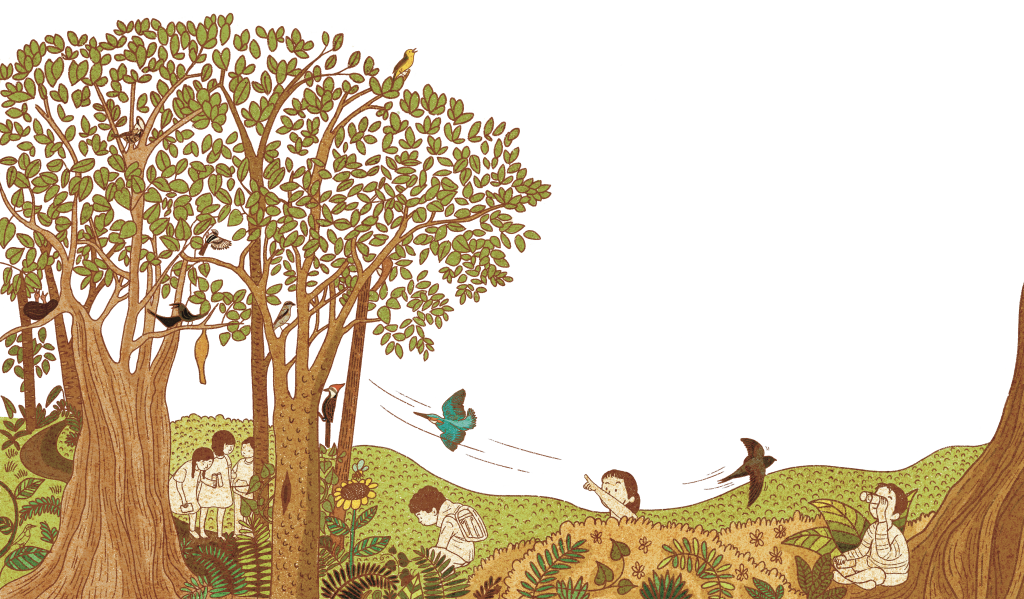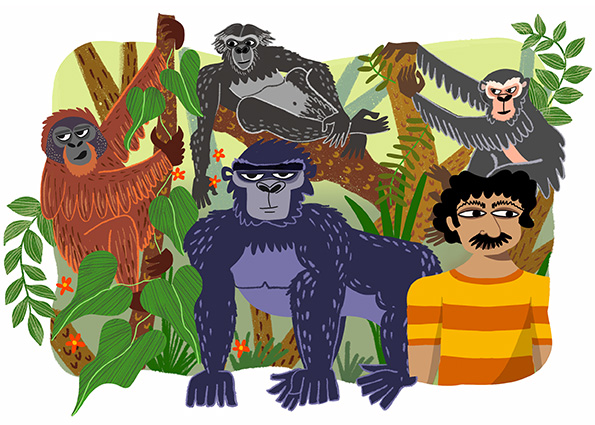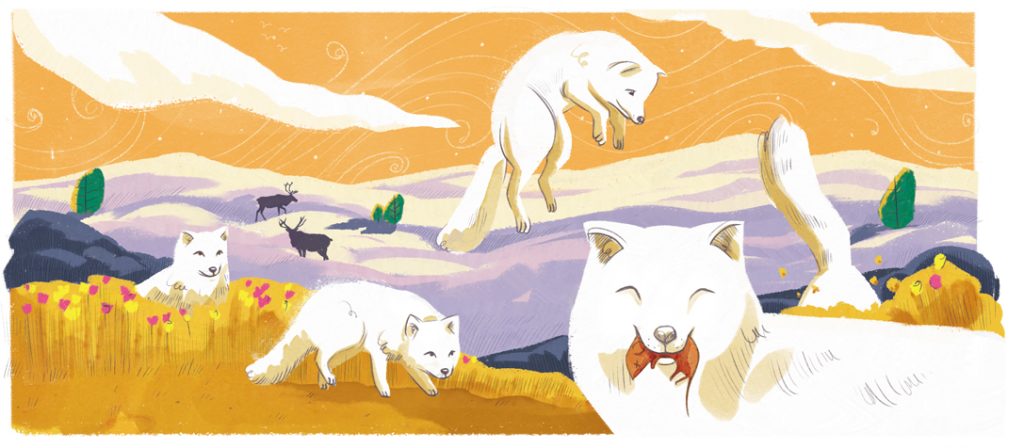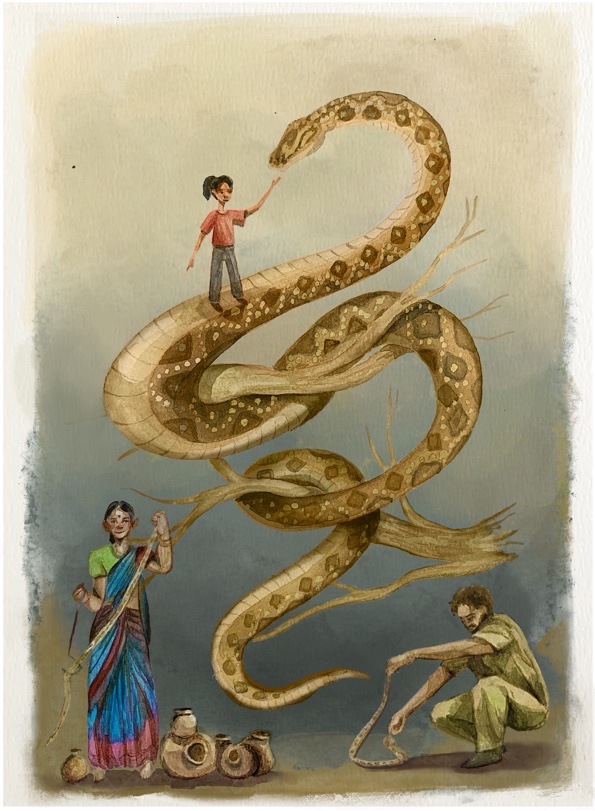I am known by many names. When woody trees abound and I resemble a forest, I am a swamp; when I’m not too deep and grasses thrive, I am a marsh. If you spot me along the coast, and you are a keen observer, you would notice plants neatly arranged in zones. This is because the ones that can tolerate salty sea water moving in and out of their root zones, tend to be arranged closer to the shore. Those that have trouble adjusting pitch a tent safely inland.
I may have you confused at times, especially in the summer. You would be quick to question my very character. But regardless of where I am or what I’m called, two things define me: I’m saturated with water and the plants that grow in and around me love it! Water almost entirely covers my soil all year round and the plants that call me home thrive in flooded conditions. I am known by many names, but you may call me wetland.

Provider par excellence
I am a refuge for life forms, from microscopic organisms that elude the human eye to mighty beings that soar across the skies. I provide a safe space for them to feed and breed. I satiate the birds with snakes and frogs and the frogs with insect larvae. Many of the roots, leaves, and fruits I nurture are used by humans and animals alike.
Scaly-breasted munias and mynahs visit me regularly. Feeding on mosquitoes and dragonflies is their thing, as is pecking at the cattail reeds from time to time to refurbish their nests. Toads and frogs join me in welcoming the monsoons with their incessant croaking. The boisterous bullfrogs and green frogs congregate in my waters and the females populate me with their spawn soon after.
If you happen to be in the city of Chennai, a tapestry of colours is what you will see in winter. Greater flamingos colour me pink, feeding leisurely on my shrimp and molluscs. Did you know, flocks of pintails and garganeys fly thousands of miles all the way from Europe to escape the harsh winters there? They vacation in style, while I keep their bellies full with spotfin barbs and carps that they share with the brahminy kites and ospreys here.
I not only provide but also help regulate. I am the receptacle that keeps neighbourhoods and cities from flooding when it rains cats and dogs. And in doing so, I also help preserve soil by filtering, collecting, and retaining sediments that come my way. Furthermore, in slowly letting the water I hold pass through the soil, I systematically help replenish the underground water bank.

Wetland or wasteland?
Deities guard me; people celebrate me.
Yet, despite the reverence, I am severely misunderstood. As water levels dip, my worth is aggressively questioned, threatening my very existence. Would I be more “useful” if I were to metamorphose into a housing complex overnight? Or maybe I would serve people better as a garbage dump, instead? Strangely enough, roads cutting right through me seem acceptable to people, even if it means disorienting flocks of birds that fly thousands of kilometers specifically to nest and feed in my waters. And when I am allowed to remain, my integrity is rarely intact. What harm can a little untreated sewage do, right?
They say streams and rivers remember. When rain falls over a landscape, water finds a way to reach every gully it ever gushed through and depressions it filled up in the past. Water finds me even when I’m altered beyond recognition. Haphazard walkways and streams of sewage may come at me menacingly. Against all odds, I will survive.
I am a wetland.

Illustrations by Anisha Murali and Denver Pereira (u:i:make)
u:i:make is a design practice that concerns itself with making- to reveal processes and stories emerging from simple observations and studies of nature, materials and handwork embedded in a place.






